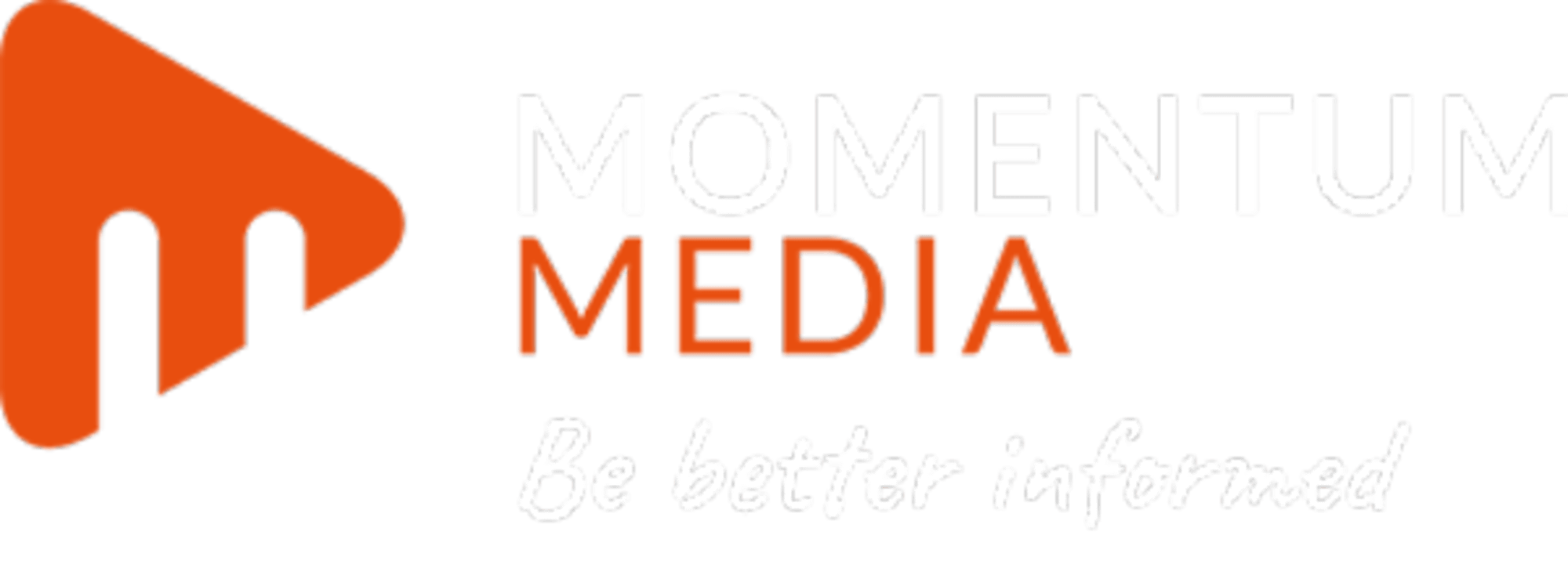
The world wanted flexibility. The signs were there, but we ignored them until the pandemic. Then, swiftly, with an unequivocal stamp of demand, flexibility rose to the surface. Businesses were reeling.
Yet, head in the sand and to appease the organisational ego, we labelled it as “entitled”. But we all wanted it. Even the chief executives and leaders mandating the current call back to the office yearned for some stretch and freedom from fettered expectations and corporate responsibilities.
Flexible working allows the freedom to adapt work requirements with life’s other priorities to better manage work/life balance and alleviate burnout, with wellbeing at the forefront. Sounds reasonable. We all deserve that. So why isn’t the holy grail of workplace flexibility what it seems?
We got the solution only part right.
With the skills shortage gun to our heads and the Great Resignation ready to take the lead, organisations did a sharp U-turn. Everything was on offer. Late starts, early finishes, compressed working weeks, hybrid, remote, etc. and more, anything to propitiate.
Tick, at last, we listened. But we didn’t fully understand. Underestimating the appropriate tools and structure to support such a radical change to work, we unwittingly shackled our employees with other constraints. Freedom from workplace structures with the desperately sought autonomy is only achieved when accompanied by responsibility and accountability.
The switch off
Some structures inadvertently work. The all too necessary “switch-off” button typically afforded when leaving the office is hard when your office is two metres from your kitchen or bedroom.
The trip home after work, bus or otherwise and the time taken, which we justified by “saving time and money”, seems to serve a valuable purpose after all. So too, is the walk to and from the home, transport, and office. The view, oxygen, and connection with others, even if total strangers, as you nod hello.
The lunch break, morning coffees, and dash to run an errand all serve a purpose. The routine and discipline of established daily rituals set up our day and assist with the switching off. How to build such necessary components into our flexible work? It requires mindfulness, awareness, and self-discipline.
We didn’t allow for technology.
We thought we did.
Our flexibility heroine, technology, afforded us the luxury to telework. But what of our saviour’s shadow side? Working anywhere, anytime morphs to viewing spreadsheets, juggling virtual meetings, on mute, of course, while at our child’s sports day, queuing for a coffee, and even waiting at the doctor’s surgery.
Easily accessible, it serves our constant addiction to be on. Unless we say no, and that appears harder than anticipated. Even in those private and hygienic bathroom moments, we choose technology as an accompaniment. Well, 73 per cent of us do!
Burnout
Burnout remains a significant workplace issue. It is an organisational hazard, with statistics showing it is becoming more common.
Seventy-seven per cent of workers are experiencing burnout at their current job, and over 50 per cent cite more than one occurrence. The additional hours worked have been well reported.
The slip and slide into “just another 10 minutes” or “one more email” adds to the toll.
Additionally, for those working from home, 67 per cent feel disconnected, and 42 per cent feel lonely at work.
Without necessary boundaries, our time, attention, and focus are chaotically fragmented, attempting to juggle work and home life and often by the hour. The push and pull to please all is our new constraint. Yet, placing restrictions or rules on how to work flexibly seems counter-intuitive to the premise. Instead, organisations now look to proactively monitor their employees’ workloads and provide education and awareness of work overload and self-care.
Who picks up the cheque?
The big question every leader and manager asks. A four-day week, reduced hours or simply loss of productivity must be picked up somewhere. The missed workload falls back to the business, whether by lost revenue or extra tasks to your existing employees.
Alternatively, business leaders and managers carry the burden. Either way, burnout with patient anticipation is waiting around the corner and, yes, for our leaders and managers as well.
The pendulum swings.
It’s well acknowledged; employee care is a must. But what of business needs? Decisions must be hand in glove and synergistically in tune. Listening acutely to our workforce is paramount. This time let’s not ignore the signs. Be open to new ways of working; perhaps the pendulum swing won’t be so severe and the price so costly.
One thing I can guarantee, flexibility at work has only scratched the surface.
By Roxanne Calder, author of “Employable – 7 Attributes to Assuring Your Working Future” and founder and managing director of EST10










